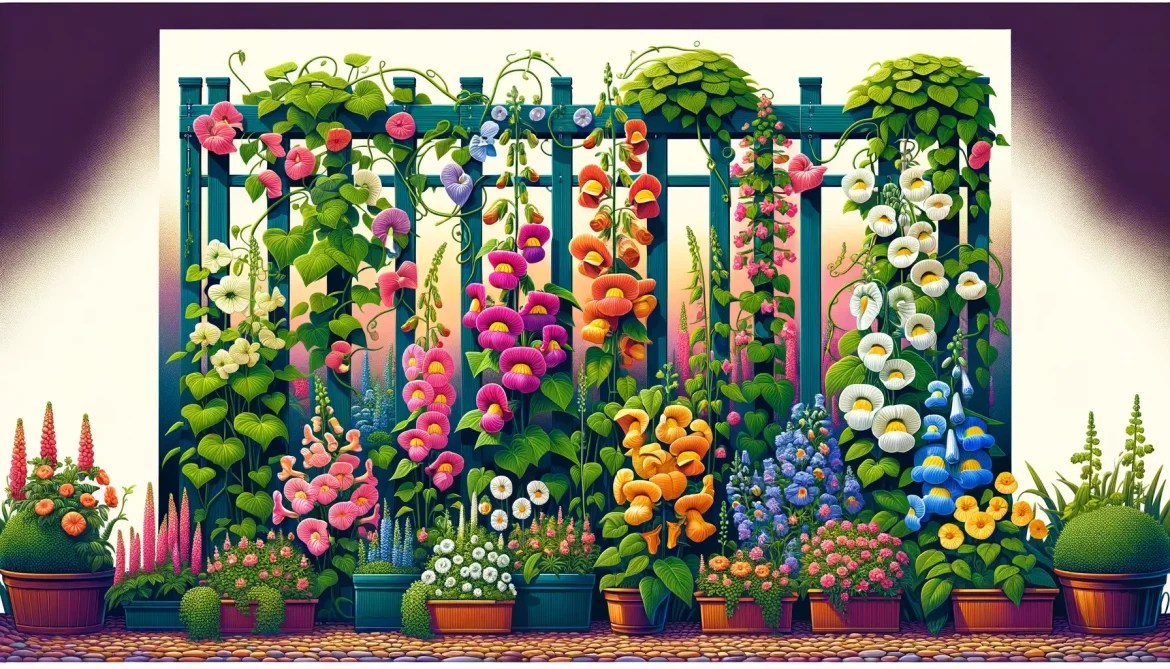Container Gardening: A Beginner’s Guide
What is Container Gardening?
Container gardening is a great way to enjoy gardening even if you don’t have a lot of space. You can grow plants in pots, containers, or other vessels, and place them on patios, balconies, or even indoors.
Benefits of Container Gardening
There are many benefits to container gardening, including:
- Easy to get started: You don’t need a lot of space or experience to start container gardening.
- Flexible: You can grow plants in containers anywhere, even if you don’t have a yard.
- Variety: You can grow a wide variety of plants in containers, including flowers, vegetables, herbs, and even trees.
- Controlled environment: You can control the amount of sunlight, water, and nutrients that your plants receive, which can help them thrive.
How to Choose Pots
When choosing pots for your container garden, there are a few things to keep in mind:
- Size: The size of the pot will determine how many plants you can grow and how large they will get.
- Material: Pots can be made from a variety of materials, including plastic, ceramic, metal, and wood. Each material has its own advantages and disadvantages.
- Drainage: Pots should have drainage holes to allow excess water to escape. This will help prevent your plants from getting root rot.
How to Plant in Pots
Once you have chosen your pots, it’s time to plant your plants. Here are a few tips:
- Use a good quality potting mix. Potting mix is specially formulated to provide plants with the nutrients they need to grow.
- Plant your plants at the same depth they were in their original containers.
- Water your plants thoroughly after planting.
How to Care for Container Plants
Container plants need regular care to stay healthy and productive. Here are a few tips:
- Water your plants regularly. The amount of water you need to give your plants will vary depending on the type of plant, the size of the pot, and the weather conditions.
- Fertilize your plants every few weeks. Fertilizing will help your plants get the nutrients they need to grow and produce flowers or fruit.
- Protect your plants from pests and diseases. Pests and diseases can damage container plants, so it’s important to take steps to protect them.
How to Lay Out Your Pots
One of the fun things about container gardening is that you can be creative with how you arrange your pots. Here are a few ideas:
- Group pots together to create a focal point.
- Use pots to create a vertical garden.
- Hang pots from walls or ceilings.
Pot Materials and Extreme Weather
The material of your pots can affect how well your plants do in extreme weather conditions.
- Terracotta: Terracotta pots are porous, which means they can absorb water. This can be helpful in dry climates, but it can also lead to problems in cold climates, as the water can freeze and crack the pot.
- Metal: Metal pots can heat up quickly in the sun, which can be harmful to plants. It’s important to line metal pots with a material that will insulate the roots of your plants.
- Plastic: Plastic pots are lightweight and durable, and they don’t absorb water. This makes them a good choice for all climates.
Conclusion
Container gardening is a great way to enjoy gardening even if you don’t have a lot of space. With a little planning and care, you can create a beautiful and productive container garden that will bring you years of enjoyment.









